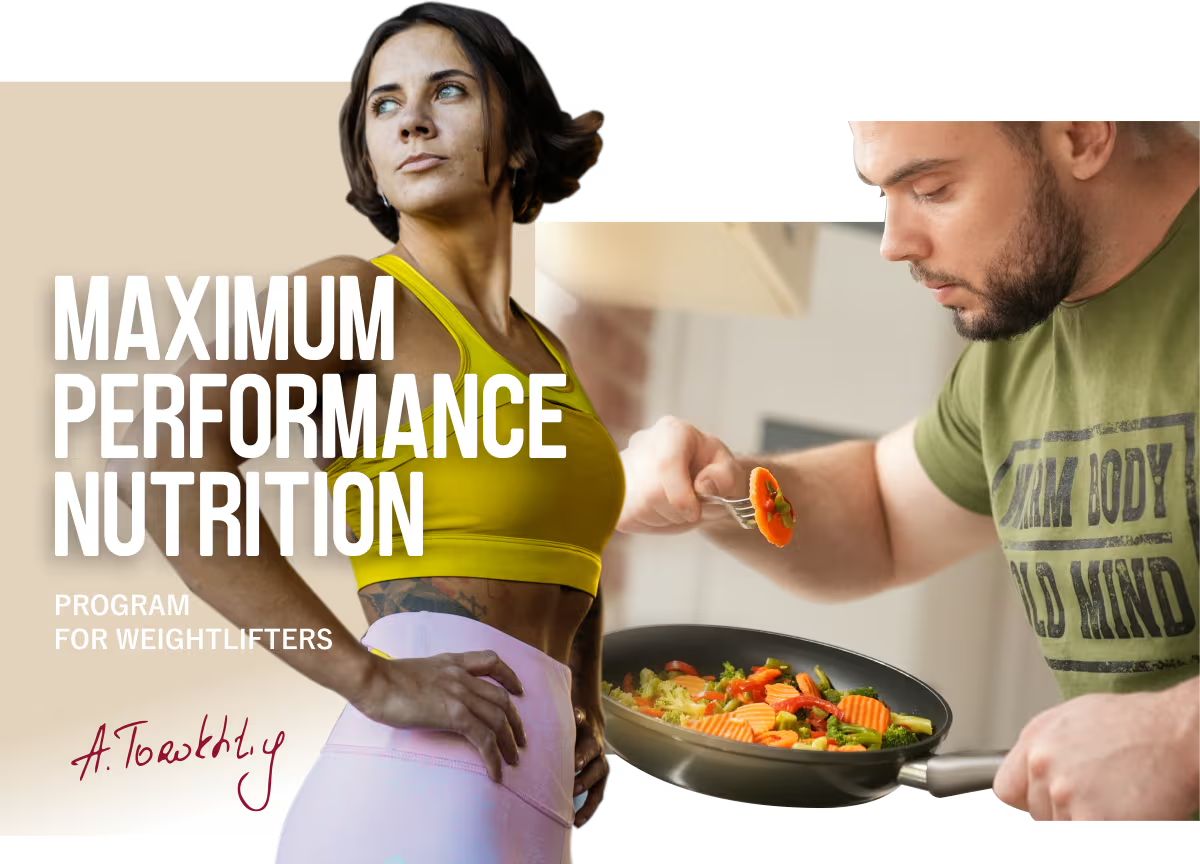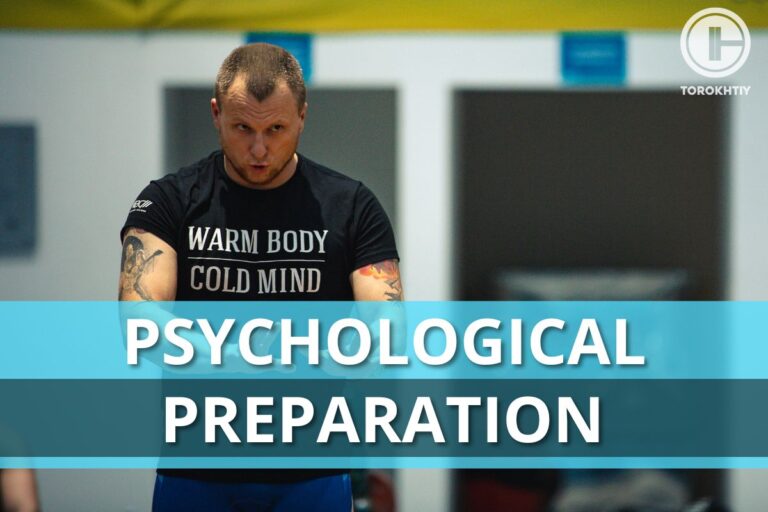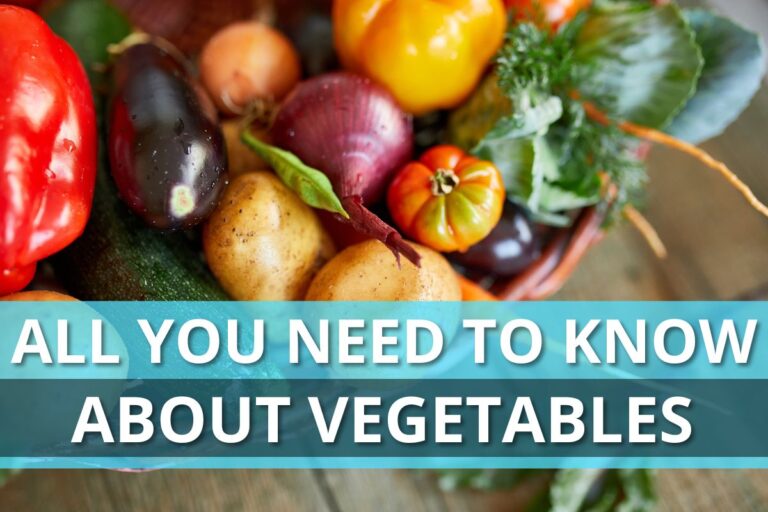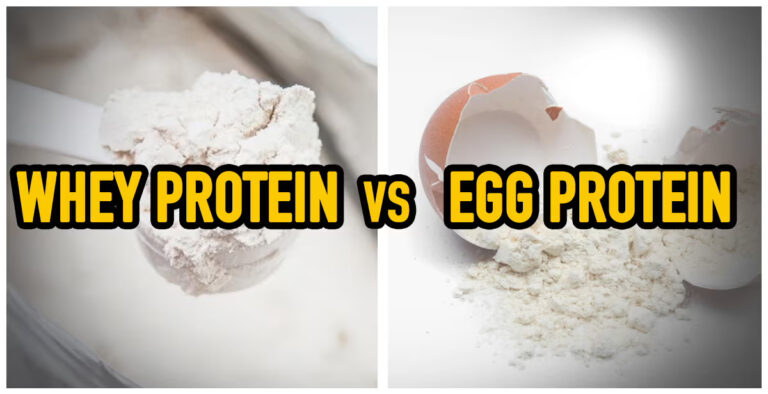Fruits for Athletes
Fruit is an integral part of the food basket. There are 5 main food groups in total: grains, vegetables, protein foods, dairy products and fruits. Fruit is included in all modern nutritional guidelines, and for a reason. In this article, I’ll explain why fruits are so good and how they help us during exercising.
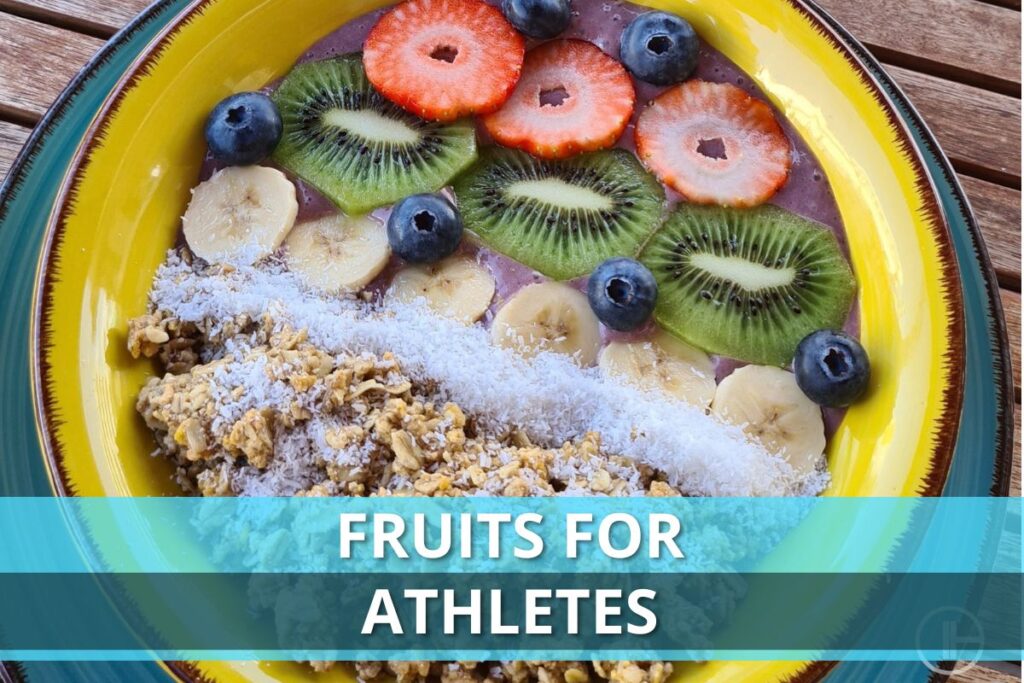
What Foods Are in the Fruit Group?
Contrary to popular belief, fruit isn’t just an apple, banana, or orange eaten whole. The group of fruits includes all fruits and berries, as well as 100% fruit juices.
Dieticians divided fruits into 5 subgroups:
- Citrus: orange, tangerine, clementine, grapefruit, pomelo, sweetie, lemon, lime;
- Pome fruits: apples, pears, quince;
- Stone fruits: apricot, cherry, plum, peach, nectarine, and mango;
- Berries and small fruits: pomegranate, blackberries, currants, blueberries, grapes, watermelon. Interestingly, kiwi, banana, persimmon, and avocado are also berries. And strawberries and raspberries are not berries.
- Other fruits: olives, figs, lychees.
As you can see, fruits are a fairly diverse group. For example, pumpkin, tomatoes, and cucumbers are also fruits, since from the point of view of botany they are berries. But I will not include them in the fruit group because we are all used to referring them to vegetables.
Fruits can be consumed in any form:
- Fresh (whole, sliced and mashed);
- Dried (dried fruits);
- Frozen;
- Canned. That being said, it’s important to read labels and choose canned fruits with no added sugar.
Calories in Fruit
Fruits are a fairly diverse category of food, and the range of calories is significant:
1. The most nutritious are dried fruits. If you do not take into account prunes (107 kcal per 100 g), then the calorie content of dried fruits ranges from 240 to 350 kcal per 100 g. The fact is that during the drying process water is lost, which causes the density of calories to increase.
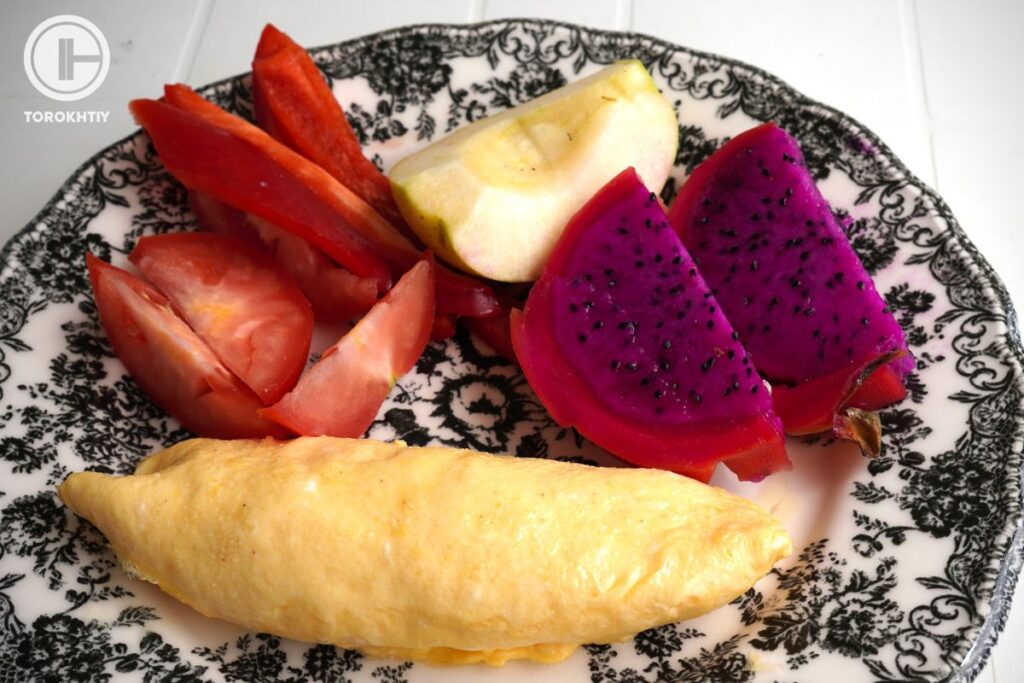
2. Relatively high-calorie fruits (160 to 90 kcal): avocados, plantains, persimmons, passionfruit, jackfruit and bananas.
3. Fruits with an average calorie content (from 75 to 50 kcal per 100 g) – fresh figs, grapes, guava, currants, feijoa, kiwi, mango, blueberries, pears, apples, tangerines, raspberries, pineapple, and cherries.
4. The lowest calorie content (up to 50 kcal per 100 g) in apricot, orange, clementine, plum, kiwano fruit, gooseberry, papaya, blackberry, grapefruit, peach and nectarine, pomelo, melon, strawberry, and watermelon.
In general, fruits are relatively low in calories, since about 80-90% are water, and most of the calories are in the form of carbohydrates. Most fruits are very low in fat and sodium, which is a huge plus.
Separate caloric exceptions are dried fruits (high in carbohydrates and low in water) and avocados (due to the high amount of fat). The calorie content of dried fruits can be compared with not the fattiest cheeses like feta, mozzarella, camembert, and brie. The calorie content of an avocado is 160 kcal per 100 g, which can be compared to chicken and turkey fillets.
Also, do not forget the juices, because 1 glass (240 ml) contains from 100 to 145 kcal (depending on the squeezed fruit). These are “liquid” calories and do not help you feel fuller than whole fruits do.
The calorie content of different fruits must be considered when planning a diet. After all, certain groups of fruits contribute to weight loss, and other groups – to gain mass. I will return to this issue a little later.
Fruits contain important vitamins, minerals and fiber:
- Vitamin A: melon, dried apricots, apricot, passionfruit, grapefruit;
- Vitamin E: dried apricots and avocados;
- Vitamin K: kiwi, avocado, blackberries, blueberries, grapes;
- Vitamin B9: Avocado, Mango, Guava, Orange, Papaya, Blackberry, Kiwi, Strawberry, and Clementine
- Calcium: dried fruits (especially figs) and oranges;
- Magnesium: dried fruits, plantains, avocados, passionfruit, bananas;
- Phosphorus-dried fruits.

Many of these vitamins and minerals are directly or indirectly involved in processes associated with:
- Muscle growth, vitamin E takes part in the synthesis of testosterone, and vitamin C – in protein synthesis;
- Transformation of creatine into creatine phosphate – vitamin B9;
- Muscle contraction signals (calcium, potassium).
In addition, we get a significant amount of fiber from fruits. The champions in its content are dried fruits, avocado, feijoa, raspberries, guava, and blackberries. They contain from 5 to 10 grams of fiber per 100 g. But juices are not a source of fiber, because, in the process of juice production, their amount is sharply reduced.
How Much Fruit Can You Eat Every Day?
The amount of fruit you can eat daily depends on factors such as age, gender, body size, and level of physical activity. According to current recommendations, you should consume 2-3 servings of fruit per day. One serving is approximately 80-120g fresh fruit and 30g for dried fruit.
However, if you exercise often, long and hard, your calorie and carbohydrate needs are higher, so you can consume 1-2 more servings of fruit than the average person. If you find it difficult to get the right amount of calories and carbs, then some of the best fruits in this case are dates and bananas.
One large date contains 70 kcal and almost 20 g of carbohydrates. And the average banana is 135 kcal and almost 35 g of carbohydrates. Eating 2 dates and 1 banana a day will give you 275 calories and almost 75 grams of carbs. By the way, dates and bananas are good options for a pre-workout snack.
If your goal is to lower body fat and cut calories, but still get your sweet portion of the fruit, then look towards the lowest-calorie fruits. The best choices are watermelon, melon, peach and nectarine, grapefruit, strawberry, blackberry, gooseberry, plum, clementine, orange, apricot, raspberry and tangerine.
Also, to lose weight, it is not advisable to consume more than 2 servings of fruit a day. Let me remind you that our nutrition programs reflect all the principles of a balanced diet aimed at maximizing physical performance and achieving your athletic goals.
🔻Maximum Performance Nutrition Program
Unlock your maximum potential with our Maximum Performance Nutrition Program. Tailored for weightlifters, this program offers serving-based diet planning, no food weighing required.
Perfectly complement your training for efficiency, body composition, competition prep, and weight class adjustments. Optimize performance, carbs, meal timing, and supplements.
Weightlifting Meal Plan Details:
- Easy step-by-step instructions;
- Serving control basis with no food weighing;
- Calorie intake is calculated for body mass;
- Adapts to your training schedule;
- Detailed guidance on progress tracking;
- Meal timing and serving sizes master tools;
- One-time payment for unlimited access.
Level up your game today!
Why Trust Us?
With over 20 years in Olympic Weightlifting, our team does its best to provide the audience with ultimate support and meet the needs and requirements of advanced athletes and professional lifters, as well as people who strive to open new opportunities and develop their physical capabilities with us.
By trusting the recommendations of our certified experts in coaching, nutrition, dietology, and sports training programming, as well as scientific consultants, and physiotherapists, we provide you with thorough, well-considered, and scientifically proven content. All the information given in the articles concerning workout programming, separate exercises, and athletic performance, in general, is based on verified data. We ensure that you can rely on our professionals’ pieces of advice and recommendations that can be treated as personalized ones which will benefit you and fully meet your needs.
The product testing process is described in more detail here
Author: Sergii Putsov
Head of Sport Science, PhD
Best Results: Snatch – 165 kg,
C&J – 200 kg
Sergii Putsov, Ph.D., is a former professional weightlifter and National team member, achieving multiple medals in the 94 kg weight category at national competitions. With a Master’s degree in “Olympic & Professional Sport Training” and a Sport Science Ph.D. from the International Olympic Academy, Greece, Sergii now leads as the Head of Sport Science. He specializes in designing training programs, writing insightful blog articles, providing live commentary at international weightlifting events, and conducting educational seminars worldwide alongside Olympic weightlifting expert Oleksiy Torokhtiy.

